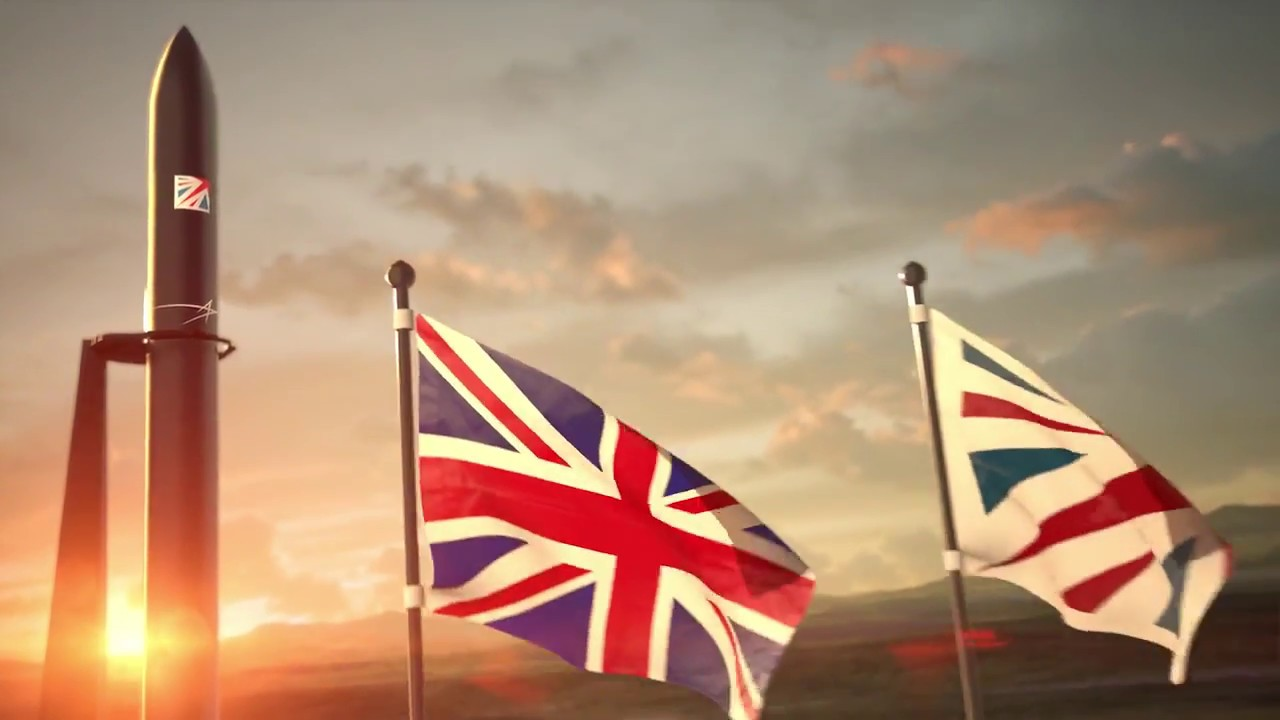The New National UK Space Strategy: 10 Steps to Space Leadership
16th Mar 2022
The UK is in full right to take pride in its space history, and the new UK space strategy may result in more achievements to be proud of. While being the third country in the world to launch our first Ariel-1 satellite in 1962, they developed the fuel cells without which the Americans would not have landed on the moon in 1969, as well as building and successfully launching the first “Black Arrow” in 1971, and they were also at the origins of the founding of the European Space Agency in 1975, bringing together 22 countries together to conquer the space industry.
In the 21st century, they have become the largest manufacturer of small satellites in Europe, and their compatriot Richard Branson went down in history as one of the pioneers of New Space along with Elon Musk and Jeff Bezos. However their space ambitions go much further. The UK wants to build one of the most innovative and attractive space economies in the world and strengthen as a world-class space nation. That’s why in 2021, the Government launched the first-ever UK National Space Strategy that includes 10 key points. Orbital Today introduces them to you.
UK Space Strategy Ten-Step Plan Explained
Step 1: Capture the European Share of the Small Satellite Launch Market
The 60+ year old history of space exploration formed the three traditionally leading countries of rocket launches – the USA, Russia, and China. All three have large territories in several time zones, which is why their spaceports can accommodate rockets of any type. The ESA, with the UK as one of its members, has only one Kourou spaceport, and it is located in Guiana, an overseas territory of France, in the northeast of South America. The UK is about to address this issue as part of its space policy.
The British Isles’ geographical location is perfect for launching polar and sun-synchronous orbits and hosting several launch pads for small satellite launches. As part of the British launch programme, adopted in the late 2010s, the Government is funding the creation of 5 launch sites in Scotland, one in the South West of England and another in Wales. Within the same programme, it also supports private British launchers Skyrora Ltd and Orbex Space, developing new generation lightweight launch vehicles. So, Skyrora and SaxaVord Spaceport in Shetland hope for the first mission in 2022. UK Spaceports will be open to other launchers, allowing the country to become a leading European provider of commercial small satellite launches by 2030 and playing a large part in the implementation of the UK national space strategy.
Step 2: Fight Climate Change with the Help of Space Technology
The global warming problem has reached a critical point. Every year, the Earth’s temperature rises by 1 degree, which leads to irreversible changes. All humanity is under threat, which is why the UK government’s space strategy has no choice but to address this issue. In October 2021, the UN Climate Summit was held in Glasgow, where the world’s leading countries agreed on joint action to achieve zero carbon emissions by 2050. The UK government’s space strategy suggests investing in Earth Observation to improve data accuracy by 10 times and supporting strategic participation in key ESA EO programs: Copernicus and Truths.
Step 3: Innovations in Space Sector
In 2020, the UK Space Agency launched the National Space Innovation Programme (NSIP) that provides co-funding to support the development of innovative projects as part of the UK civil space strategy. To date, dozens of industry and academic project groups across the UK have received grants. Here is a list of their projects.
Step 4: Expand Horizons with Space Science and Exploration
This clause is intended to support The UK’s national space science and exploration programme, under which the UK Space Agency invests in the design, development, and operation of scientific payloads and associated ground-based data processing facilities for a range of research missions to generate economic and scientific returns. In particular, we are talking about the NASA Artemis lunar mission and ESA interplanetary missions (ExoMars, BepiColombo, Cheops and others).
Step 5: Develop the UK World-Class Space Clusters
The Government will continue to comprehensively support, connect and enhance local space ecosystems with its undisputed leader – the Global Space Centre Harwell in the Oxford Cambridge Arc, bringing together about 200 space organisations across the UK. Today, Harwell Cluster is, without exaggeration, Europe’s leading energy, space, healthcare and quantum computing driver and the UK’s main gateway for outside investment in the space sector.
Step 6: Lead the Global Effort to Make Space More Sustainable
Space debris has become a major obstacle to sustainable space. Statistics show that over 100,000 pieces of spent satellites have already accumulated on LEO, which poses a growing threat to future launches. The UK space strategy focuses on exploring advanced technologies for in-orbit debris removal, maintenance, refuelling, and reassembly of satellites to ensure space sustainability, safety, and reliability.
Step 7: Improve Public Services with Space Technology
Today’s space applications can benefit society, make everyday life easier, and lower taxpayer costs. The UK space strategy involves the use of drones and tracking sensors that would prevent failures in critical infrastructure, thereby improving the quality of public services all across the country.
Step 8: Strengthen Defence Security with Space Tech
Expansion of influence in outer space is impossible without ensuring an appropriate level of defence security. In 2021, the UK Space Command was created, and the National Space Operations Centre will soon be launched. They will implement and support the Skynet and ISR military communications satellite constellations. The Government has already allocated over £6bn to this aspect of the UK space policy.
Step 9: Upskill and Inspire our Future Space Workforce
Leadership in space requires a large number of experts with a high level of skills, not only in the technical field but also in business management. Space Skills Advisory Panel will handle their search and further education. The UK space strategy implies close cooperation with educational institutions, local partners, and employers and attracting space mentors to inspire the younger generation for a STEM career.
Step 10: Use Space to Modernise and Transform the UK Transport System
Space technology will underpin the modernisation and transformation of the UK transport system through enhanced communications and geolocation services. This aspect of the UK government space strategy will devote much attention to the development and implementation of two projects:
- T-Cabs to build and test fleets of self-propelled shuttles and GPS-enabled geofencing solutions, including national trials of eco-friendly rental scooters.
- OneWeb global satellite communications network and its integration into the UK consumer communications infrastructure.
This is the new UK National Space Strategy for the next 10 years. In his opening speech, Prime Minister Boris Johnson said: “A country that has done so much to expand and enhance humanity’s understanding of the cosmos has remained largely earthbound. When it comes to getting off the ground, we contribute to the work of others rather than taking the lead ourselves. This strategy is about changing that. About tapping our vast pools of talent and enthusiasm, putting the UK firmly in the front rank of the global space industry, and harnessing the technology of space to solve problems and improve public services back down on Earth.”
We hope these statements will eventually become a reality, and the UK space strategy will benefit the entire kingdom.






Thank you for your comment! It will be visible on the site after moderation.